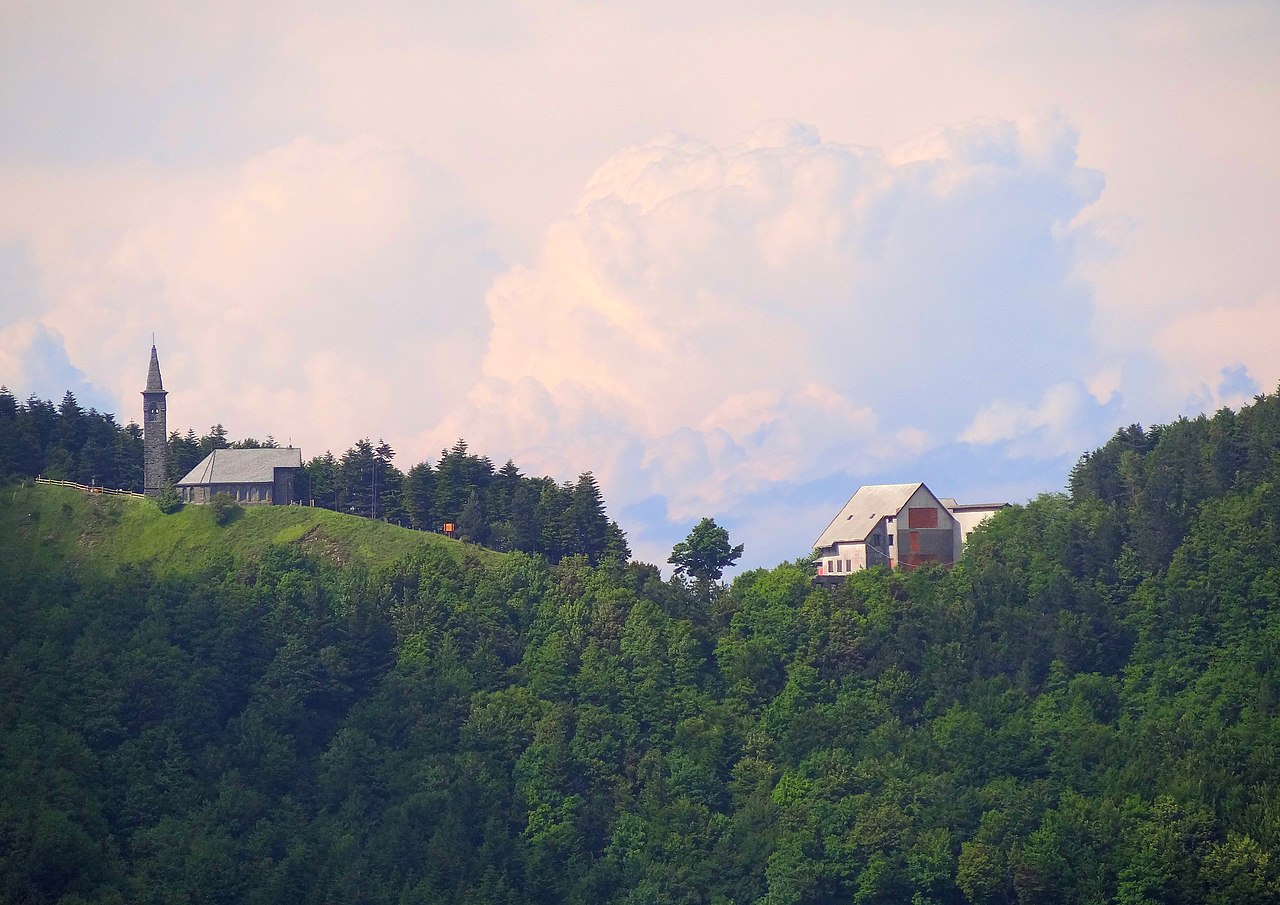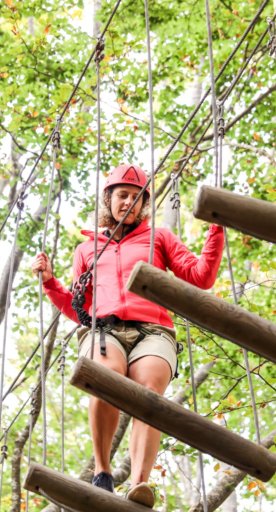Apennine gateways to Tuscany, natural frames of the great paths
Passes between the Tuscan Apennine peaks, surrounded by beautiful mountain views and crossroads of ancient trails
Rhythmic silhouettes on the horizon, peaks dominating the valleys, majestic forests covering the slopes, the northern Tuscan territory is a succession of reliefs, guardians of a wild and sometimes impervious nature: the Apennines. A natural watershed between Tuscany and other bordering regions - Liguria, Emilia-Romagna, Marche and even Umbria - the Apennine chain defined and defines the borders, but making communication between one region and another difficult. It is the Apennine passes and crossings, respectively the lowest point between two mountains and the high pass that finds its way through the blocks of mountains, which facilitate movement from one side to another. Gateways between the imposing mountains surrounded by truly astonishing nature, the Apennine gates of Tuscany each have a history and a particularity, and are crossroads for wayfarers and hikers who, today as then, embark on journeys along the main Roman roads and beyond, such as Sigeric's Francigena and the paths trodden by St. Francis of Assisi. Here are the main Tuscan passes that run along the Apennines.
-
1.Ligurian Apennines
-
2.Tuscan-Emilian Apennines
-
3.Tuscan-Romagnol Apennines - metropolitan city of Florence
-
4.Tuscan-Romagnol Apennines - province of Arezzo
-
5.Umbria-Marche Apennines
Ligurian Apennines

Brattello Pass, Cirone Pass, Due Santi Pass, but the most famous of the passes separating the Ligurian and Tuscan-Emilian Apennines is the Cisa Pass. At an elevation of just over 1.000 meters above sea level, it separates the provinces of Parma and Massa-Carrara, connecting the Emilian Val di Taro with the Lunigiana. In ancient times the cause of various disputes to gain control over it, the pass is affected by the passage of the Via Francigena.
Tuscan-Emilian Apennines

The Garfagnana is separated from the territories of Reggio Emilia and Modena by the Pradarena Pass and the Radici Pass, respectively, both of which are over 1.500 meters above sea level. Other important passes that interrupt the Tuscan-Emilian Apennine line fall within the Pistoia Mountains. Between Pistoia and Modena, the scenic Croce Arcana Pass dominates the territories at around 1669 meters of altitude, while the Abetone Pass rises within the village of the ski resort of the same name close to Pistoia. Instead, dividing the province of Pistoia from that of Bologna is the legendary Collina (or Porretta) Pass, a passageway crossed by the weight of the elephants that accompanied Hannibal's menacing troops on their way to Rome. Passes from which numerous scenic hiking trails branch off.
Tuscan-Romagnol Apennines - metropolitan city of Florence

The passes on the ridge between the Florence and Romagna areas are probably the most famous Tuscan passes. For example, there is the Futa Pass, at about 900 meters above sea level between Firenzuola in Mugello and the Santerno Valley, also the setting of an important historical testimony, the Futa Pass German War Cemetery; a few kilometers away is the Raticosa Pass, also affected by the Gothic Line, with fortifications of the German defense system during World War II. Again in Firenzuola, the Giogo Pass, while between San Godenzo and the province of Forlì-Cesena, the Muraglione Pass, so called because of the presence of a stone wall that, in ancient times, was erected by the engineer who designed the road to offer wayfarers a shelter from the strong ridge winds.
Tuscan-Romagnol Apennines - province of Arezzo

Acting as a watershed between the territory of Forlì-Cesena and Tuscany, the Calla Pass in Casentino divides the Bidente Valley in Romagna from the Arno Valley, while the Mandrioli Pass divides the Savio Valley from the Arno Valley; the Alpe Serra pass was a favorite route of Swabian and Saxon emperors and then of Charlemagne until the 19th century; the Via Romea Germanica passes through here. The Pratomagno massif, on the other hand, is furrowed by a pass that is known not only for connecting the Casentino with the Upper Valdarno, but also for its delicious schiacciata (squashed bread), the Consuma Pass. From here passes the northern route of the Florence - La Verna stretch of the Via di Francesco in Tuscany.
Umbria-Marche Apennines

There are also many passes that dot the Umbria-Marche Apennines, such as Bocca Trabaria, which connects the Metauro Valley in Marche to the Valtiberina, but they mostly fall outside of Tuscany. In contrast, the Cerventosa Pass, between the Val di Chiana and the Upper Valtiberina, falls within the province of Arezzo as well as that of Perugia, connecting Cortona to Umbertide.




















































